Lupulone CCAS# 613683-50-4 |
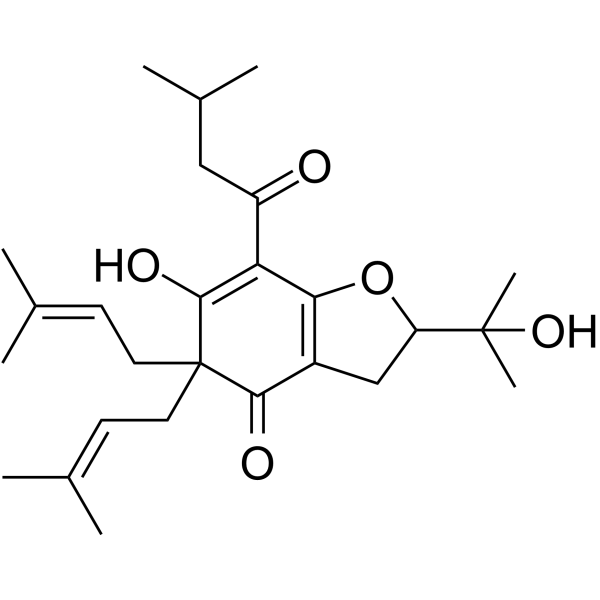
Quality Control & MSDS
Package In Stock
Number of papers citing our products
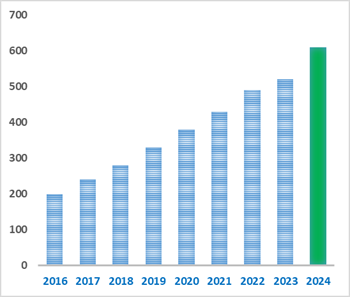
| Cas No. | 613683-50-4 | SDF | Download SDF |
| PubChem ID | N/A | Appearance | Powder |
| Formula | C26H38O5 | M.Wt | 430.58 |
| Type of Compound | N/A | Storage | Desiccate at -20°C |
| Solubility | Soluble in Chloroform,Dichloromethane,Ethyl Acetate,DMSO,Acetone,etc. | ||
| General tips | For obtaining a higher solubility , please warm the tube at 37 ℃ and shake it in the ultrasonic bath for a while.Stock solution can be stored below -20℃ for several months. We recommend that you prepare and use the solution on the same day. However, if the test schedule requires, the stock solutions can be prepared in advance, and the stock solution must be sealed and stored below -20℃. In general, the stock solution can be kept for several months. Before use, we recommend that you leave the vial at room temperature for at least an hour before opening it. |
||
| About Packaging | 1. The packaging of the product may be reversed during transportation, cause the high purity compounds to adhere to the neck or cap of the vial.Take the vail out of its packaging and shake gently until the compounds fall to the bottom of the vial. 2. For liquid products, please centrifuge at 500xg to gather the liquid to the bottom of the vial. 3. Try to avoid loss or contamination during the experiment. |
||
| Shipping Condition | Packaging according to customer requirements(5mg, 10mg, 20mg and more). Ship via FedEx, DHL, UPS, EMS or other couriers with RT, or blue ice upon request. | ||

Lupulone C Dilution Calculator

Lupulone C Molarity Calculator
| 1 mg | 5 mg | 10 mg | 20 mg | 25 mg | |
| 1 mM | 2.3224 mL | 11.6122 mL | 23.2245 mL | 46.449 mL | 58.0612 mL |
| 5 mM | 0.4645 mL | 2.3224 mL | 4.6449 mL | 9.2898 mL | 11.6122 mL |
| 10 mM | 0.2322 mL | 1.1612 mL | 2.3224 mL | 4.6449 mL | 5.8061 mL |
| 50 mM | 0.0464 mL | 0.2322 mL | 0.4645 mL | 0.929 mL | 1.1612 mL |
| 100 mM | 0.0232 mL | 0.1161 mL | 0.2322 mL | 0.4645 mL | 0.5806 mL |
| * Note: If you are in the process of experiment, it's necessary to make the dilution ratios of the samples. The dilution data above is only for reference. Normally, it's can get a better solubility within lower of Concentrations. | |||||

Calcutta University

University of Minnesota

University of Maryland School of Medicine

University of Illinois at Chicago

The Ohio State University
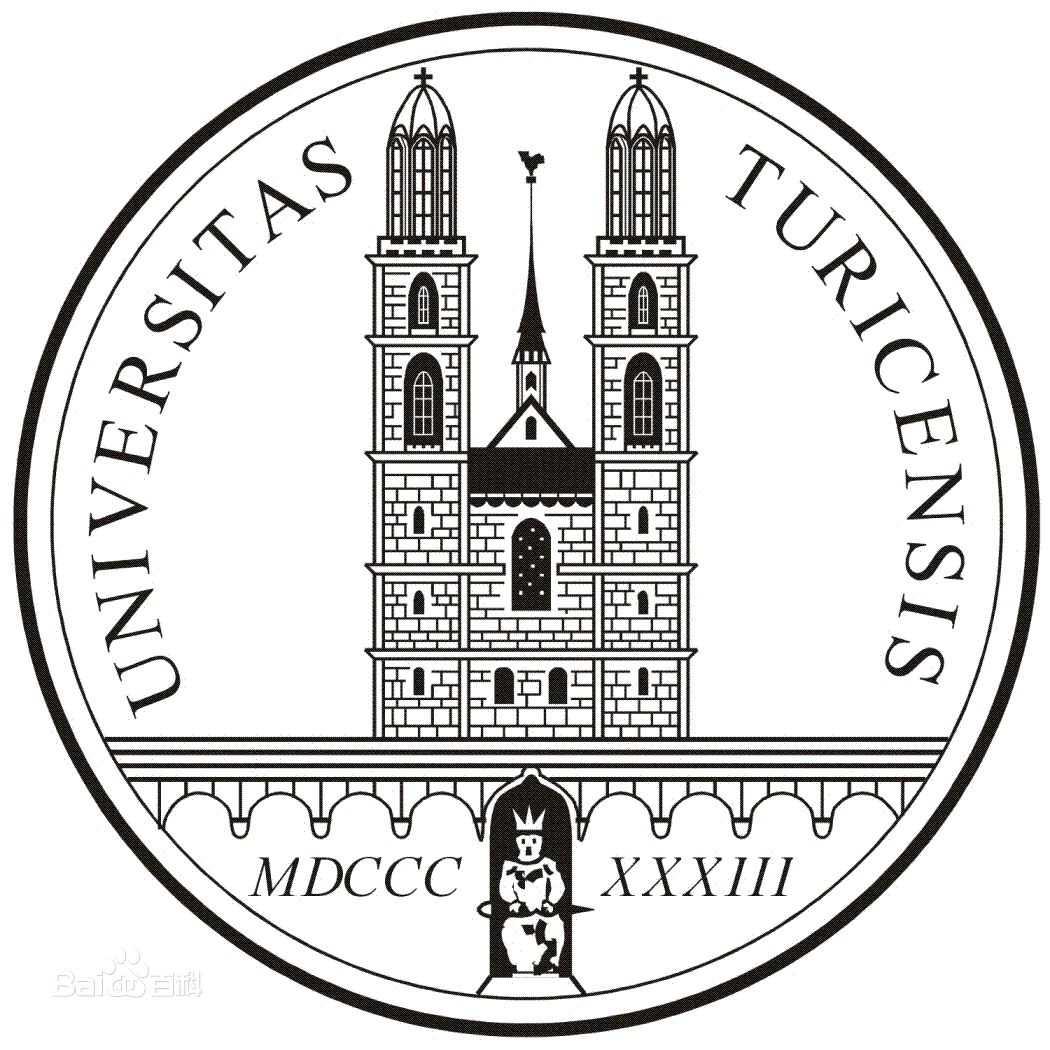
University of Zurich

Harvard University

Colorado State University
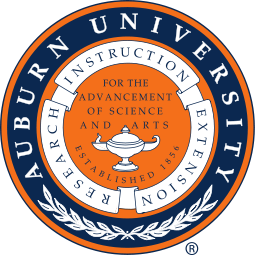
Auburn University

Yale University

Worcester Polytechnic Institute

Washington State University

Stanford University

University of Leipzig
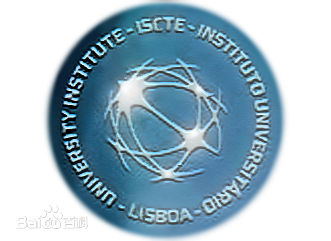
Universidade da Beira Interior
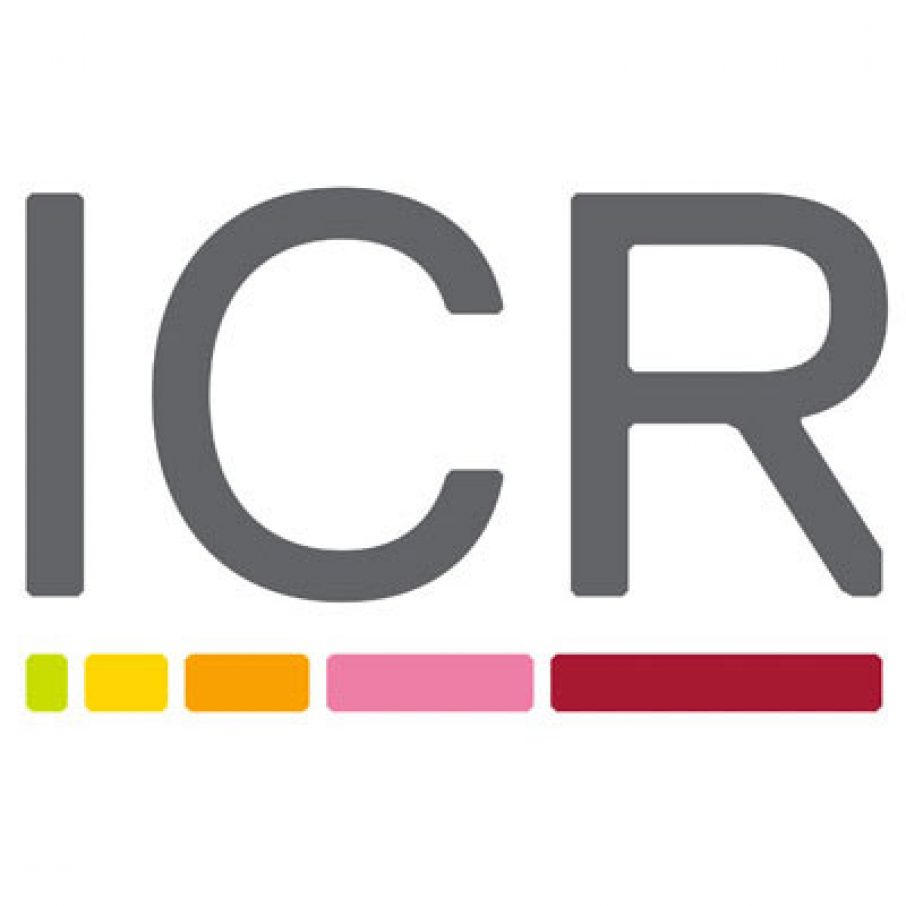
The Institute of Cancer Research

Heidelberg University

University of Amsterdam

University of Auckland

TsingHua University
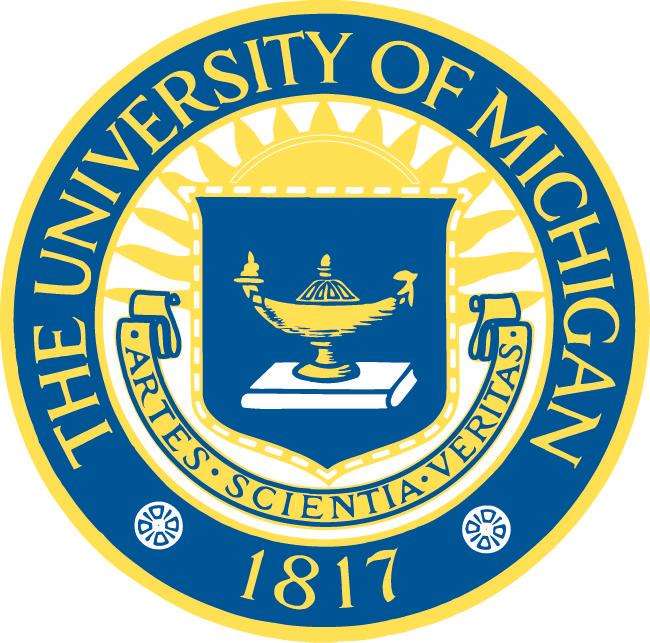
The University of Michigan

Miami University

DRURY University
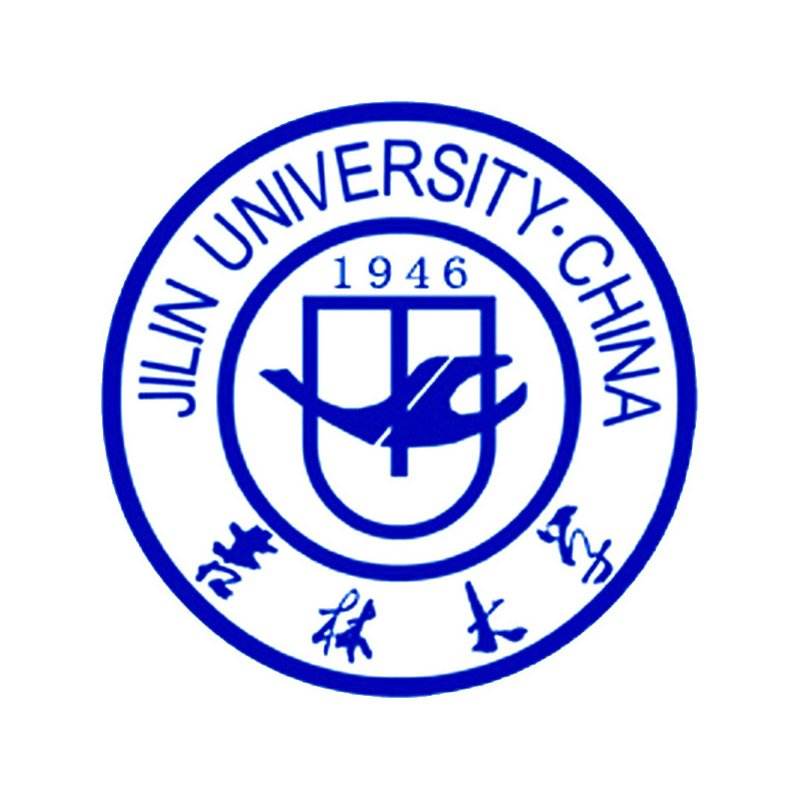
Jilin University

Fudan University

Wuhan University

Sun Yat-sen University

Universite de Paris

Deemed University

Auckland University

The University of Tokyo

Korea University
- Garcinielliptone HD
Catalog No.:BCX1672
CAS No.:1008376-90-6
- Anhuienoside B
Catalog No.:BCX1671
CAS No.:1233510-75-2
- 19-epi-Scholaricine
Catalog No.:BCX1670
CAS No.:132923-06-9
- Odoratisol B
Catalog No.:BCX1669
CAS No.:891182-94-8
- Uvariol
Catalog No.:BCX1668
CAS No.:56362-97-1
- Copteroside G
Catalog No.:BCX1667
CAS No.:86438-31-5
- Inonotusol F
Catalog No.:BCX1666
CAS No.:1534433-74-3
- (-)-10-epi-α-Cyperone
Catalog No.:BCX1665
CAS No.:2303-31-3
- (1E)-3-Methoxy-8,12-epoxygermacra-1,7,10,11-tetraen-6-one
Catalog No.:BCX1664
CAS No.:383368-26-1
- Rubrofusarin-6-O-β-D-glucopyranoside
Catalog No.:BCX1663
CAS No.:132922-80-6
- Glucodichotomine B
Catalog No.:BCX1662
CAS No.:845673-16-7
- Podecdysone C
Catalog No.:BCX1661
CAS No.:19458-46-9
- Cararosinol A
Catalog No.:BCX1674
CAS No.:651733-57-2
- Peimisine 3-O-β-D-glucopyranoside
Catalog No.:BCX1675
CAS No.:1407161-78-7
- Macrostemonoside I
Catalog No.:BCX1676
CAS No.:162413-63-0
- Malabaricone B
Catalog No.:BCX1677
CAS No.:63335-24-0
- 6'-Hydroxyjusticidin C
Catalog No.:BCX1678
CAS No.:904328-26-3
- α-Thevetin B
Catalog No.:BCX1679
CAS No.:144300-21-0
- Cannogenol 3-O-β-gentiobiosyl-(1→4)-α-L-thevetoside
Catalog No.:BCX1680
CAS No.:1841524-78-4
- 2'- O -Acetylthevetin A
Catalog No.:BCX1681
CAS No.:1356494-03-5
- (7’S)-N-trans-Feruloylnormetanephrine
Catalog No.:BCX1682
CAS No.:2705170-78-9
- Rubrofusarin
Catalog No.:BCX1683
CAS No.:3567-00-8
- (1β,2β,3β,4β,5β,7α,22α)-27-(β-D-Glucopyranosyloxy)-1,2,3,4,5,7,22-heptahydroxyfurost-25-en-6-one
Catalog No.:BCX1684
CAS No.:1013405-26-9
- 2'- O -Acetylthevetin B
Catalog No.:BCX1685
CAS No.:82145-55-9
Anti-inflammatory and anti-tumor-promoting effects of 5-deprenyllupulonol C and other compounds from Hop (Humulus lupulus L.).[Pubmed:22700224]
Chem Biodivers. 2012 Jun;9(6):1045-54.
A new phloroglucinol derivative, 5-deprenyllupulonol C (1), along with four other phloroglucinol derivatives, 2-5, five chalcones, 6-10, four flavanones, 11-14, two flavonol glycosides, 15 and 16, and five triterpenoids, 17-21, were isolated from the female inflorescence pellet extracts of hop (Humulus lupulus L.). Upon evaluation of these compounds against the Epstein-Barr virus early antigen (EBV-EA) activation induced by 12-O-tetradecanoylphorbol 13-acetate (TPA) in Raji cells, twelve compounds, i.e., 1-4, 11-14, 17-19, and 21, showed potent inhibitory effects on EBV-EA induction, with IC(5)(0) values in the range of 215-393 mol ratio/32 pmol TPA. In addition, eleven compounds, i.e., 1-4, 6, 11, 12, 14, 17, 18, and 20, were found to inhibit TPA-induced inflammation (1 mug/ear) in mice, with ID(5)(0) values in the range of 0.13-1.06 mumol per ear. Further, Lupulone C (2) and 6-prenylnaringenin (14) exhibited inhibitory effects on skin-tumor promotion in an in vivo two-stage mouse-skin carcinogenesis test based on 7,12-dimethylbenz[a]anthracene (DMBA) as initiator and with TPA as promoter.
Antiangiogenic properties of lupulone, a bitter acid of hop cones.[Pubmed:18383859]
Anticancer Res. 2008 Jan-Feb;28(1A):289-94.
BACKGROUND: Angiogenesis is the result of intricate steps regulated by the balance between agonistic and antagonistic effectors. Disturbance of this balance leads to an 'angiogenic' switch critical for tumor development. MATERIALS AND METHODS: Using human umbilical vein endothelial cells (HUVEC) the effects of lupulone were analyzed on proliferation induced by angiogenic growth factors, transmembrane cell migration toward fibronectin and formation of a network of tubular-like structures on Matrigel. RESULTS: Lupulone (2.5-50 microg/ml) induced a concentration-dependent inhibition of HUVEC proliferation and chemotaxis. Lupulone Caused a significant reduction of closed capillary-like structures in Matrigel indicating a strong inhibitory effect on neovascularisation. In mice receiving lupulone (20 mg/kg/day) in drinking water for 21 days, new vessel formation was reduced by 50% in matrigel plugs implanted under the skin when compared with controls. CONCLUSION: The present data demonstrate that lupulone is able to inhibit angiogenesis in vitro and in vivo. Lupulone emerges as a potential chemopreventive agent when considering its strong antiangiogenic properties.


